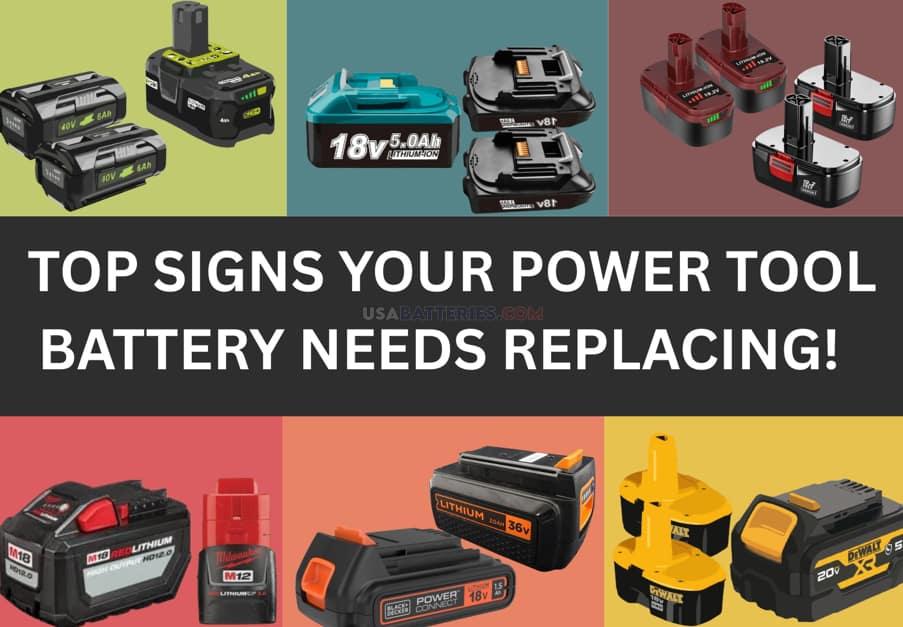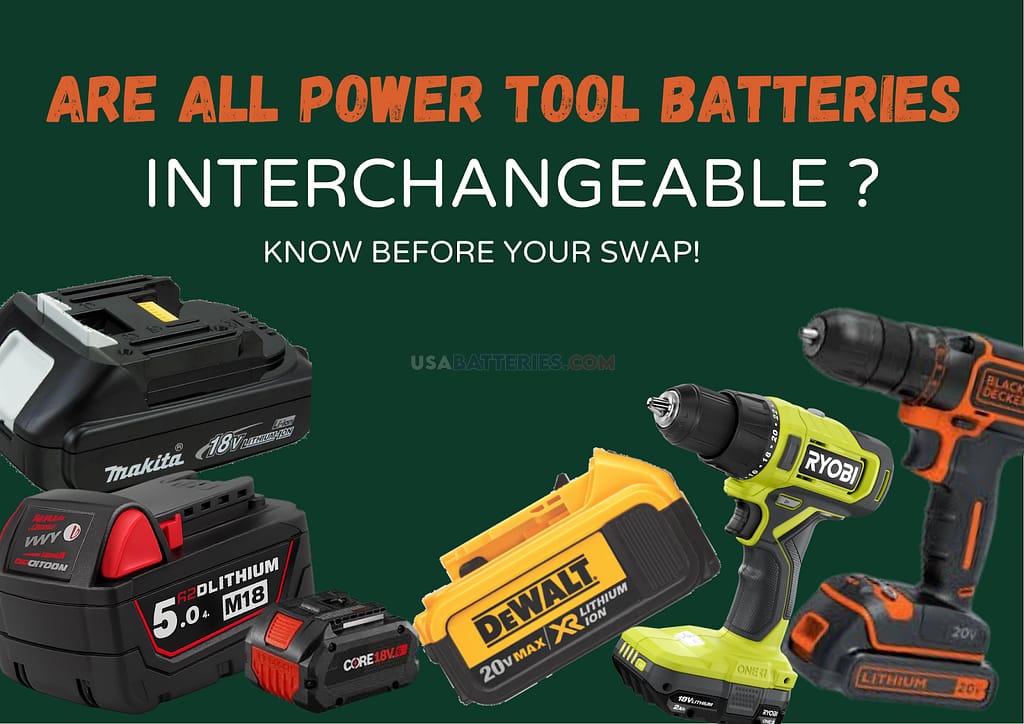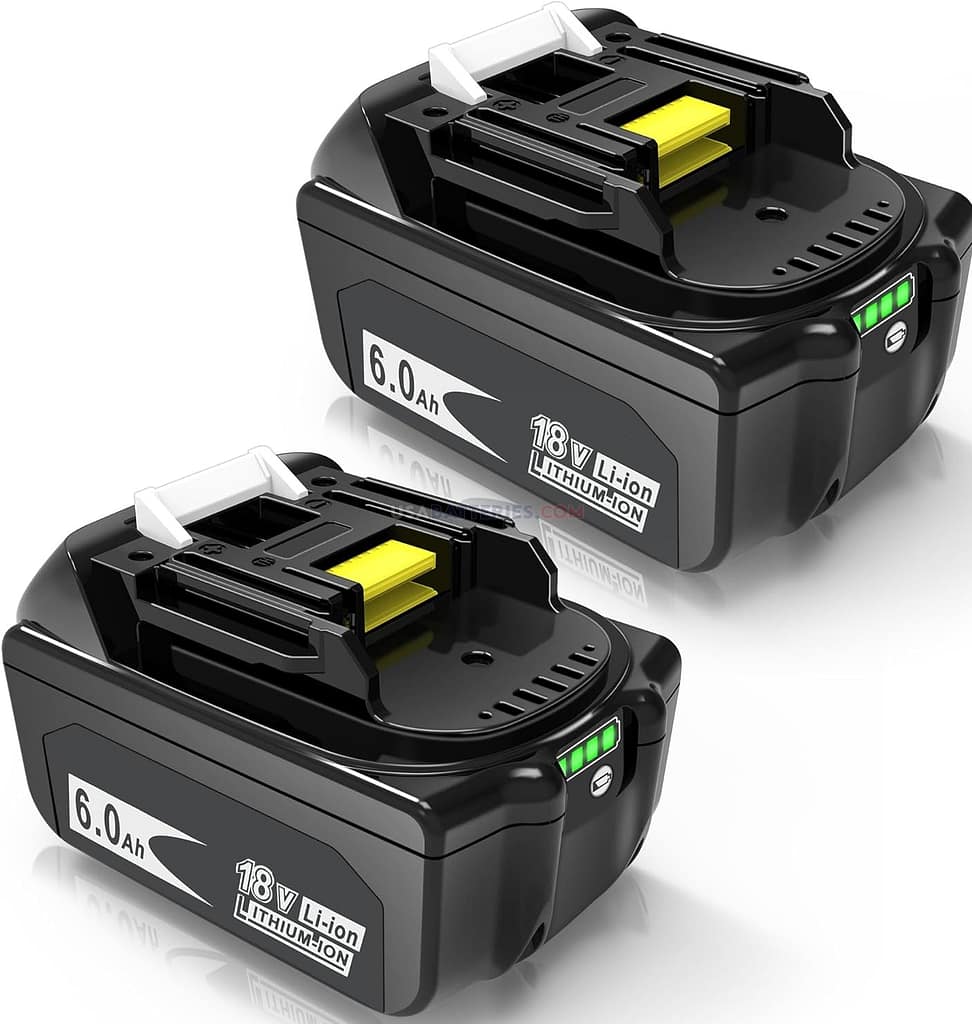Blog
Essential Tips for Choosing a Makita 18V Battery Replacement

If your Makita 18V tools are cutting out sooner than they used to charge, it might be time to get a new battery. The correct replacement Makita 18V battery will keep your gear running smoothly, whether you only tackle projects on weekends or you rely on the tools every day. Today, we have a range of batteries out there, and key differences between them. It pays to read up before you click buy. This guide pulls together what you need to know, based on the latest advice from trusted sources that focus on Makita battery maintenance and upgrade options.
Key Factors That You Should Know For Makita 18V Battery Replacement
There are several factors that you should keep in mind when replacing your Makita 18V battery to ensure compatibility, longevity, and performance.
Know When It’s Time to Replace Your Makita 18V Battery
Most Makita 18V batteries will start to give trouble after they’ve been recharged about 500 times. You might first see shorter runtimes, longer charge times, or the pack getting too hot. XNJTG’s 2025 battery maintenance guide says that if the pack refuses to charge properly, causes your tool to bog down, or the charger flashes error codes, it’s time to think about a new one. Other give-aways are bumps on the casing, rust around the terminals, or if the battery is too hot to hold—any of those means the pack is no longer safe on the job.
Matching the Right Voltage and Chemistry
Always check the voltage and chemistry of the original battery before ordering a replacement. Makita’s most common model is the 18V lithium battery found across the LXT platform, and it powers a wide array of tools. The voltage has to align with what the tool specifies. Using a different platform—like an XGT 36V battery in an LXT tool—can harm the tool or render the battery inoperable. Also, confirm that the chemistry is the same; modern tools almost exclusively use Li-ion, while older NiCd and NiMH packs have become rare and usually won’t fit or function.
Choose Between OEM and Third-Party Options
The original Makita 18V battery, such as the BL1850B 5.0 Ah pack, is a reliable choice that comes with Makita’s warranty and protection features. It includes built-in safeguards against overheating, overcharging, and over-discharging. This OEM battery also supports Makita’s STAR Protection technology, which allows real-time communication between the battery and tool to protect against damage and maintain performance.
Third-party options such as the USA Batteries or Kadpower are popular alternatives. These are often cheaper and may offer similar capacity and runtime. Some brands, like XNJTG, include a smart Battery Management System (BMS), CE certification, and thermal protection. Still, users should be cautious of brands that feel unusually light, as that may suggest low-quality internal components. Always verify that the battery has the right connection type for your tools and is listed as compatible by the manufacturer.
Battery Capacity and Weight Trade-offs
When choosing a Makita 18V lithium battery, one of the most important considerations is the amp-hour (Ah) rating. This number indicates how much energy the battery can store and, by extension, how long it can power your tools between charges. For example:
- 2.0 Ah: Lightweight, but shorter runtime. Ideal for quick jobs.
- 5.0 Ah: Balanced runtime and weight. Suitable for daily professional use.
- 9.0 Ah (e.g., OEMTOOLS): Heavier and bulkier, but ideal for high-drain tools like saws and grinders.
While a higher Ah rating means longer use per charge, it also increases weight. If your tasks involve overhead work or long tool use, a lighter battery like a 2.0 Ah or 3.0 Ah model may reduce fatigue.
Compatibility: LXT, XGT, and CXT Platforms
Makita tools operate on three main battery platforms:
- LXT (18V): The most common system for cordless tools.
- XGT (36V): For heavy-duty, professional applications.
- CXT (12V): Compact line for light-duty or smaller tasks.
These platforms are not interchangeable. The Makita 18V battery is compatible only with LXT tools (Know more about Makita 18V battery compatibility). Check the label on your tool or consult Makita’s compatibility guides before buying. Also, ensure your Makita battery charger is rated for the specific battery series. A CXT charger won’t support LXT batteries and vice versa.
Best Practices to Extend Battery Life
Getting the most from your replacement pack isn’t just about buying the right one—it also depends on how you use and maintain it. The XNJTG guide recommends the following:
- Charge between 20% and 80%: Avoid draining the battery completely or leaving it fully charged for long periods.
- Store at 10°C–25°C: Extreme temperatures can damage cells. A cool, dry environment is best.
- Rotate battery use: If you have multiple batteries, rotate them regularly to prevent wear on a single pack.
- Calibrate every 3 months: Occasionally allow a full charge-discharge cycle to help the battery management system reset.
- Clean terminals: Wipe contacts with alcohol to maintain strong connections.
These practices can extend battery life by up to 30% and keep your tools running reliably over time.
Charging: Use the Right Makita Battery Charger
It’s essential to pair your Makita 18V lithium battery with the corresponding Makita battery charger. Genuine chargers are designed to optimize charging speed while minimizing wear on the cells. Some third-party batteries may charge more slowly or generate excess heat if used with incompatible chargers. If you choose a non-OEM battery, double-check that it is rated safe to use with your charger model.
Makita’s rapid chargers can fully charge a 5.0 Ah battery in under 45 minutes. They also provide cooling and charge monitoring functions to reduce the risk of overcharging. While some budget chargers may cost less upfront, they can contribute to shorter battery lifespans or even safety hazards.
Recycling and Responsible Disposal
When it’s finally time to discard your old Makita 18V battery, don’t throw it in the trash. Lithium-ion batteries contain metals and chemicals that can harm the environment if not disposed of properly. Instead, use Makita’s free mail-in recycling program or take the battery to a local drop-off site such as Home Depot, Lowe’s, or Call2Recycle centers.
Recycling ensures that valuable materials can be reused and keeps hazardous waste out of landfills. It’s a simple step that supports both your work and environmental responsibility.
FAQs
1: How do I know if my Makita 18V battery needs replacing?
Answer: If your Makita 18V battery is losing runtime, charging slowly, or overheating, it’s likely nearing the end of its 300–500 cycle lifespan. Look for swelling, corrosion, or error codes on your charger. At USA Batteries, we recommend testing with a compatible Makita battery charger to confirm the issue before buying a replacement. Shop genuine or trusted third-party batteries at usabatteries.com to keep your tools humming.
2: Can I use any charger with my Makita 18V lithium battery?
Answer: Stick with a Makita battery charger, like the DC18RC, designed for LXT batteries to ensure safe, fast charging (25–55 minutes for a 5.0Ah pack). Third-party chargers might work but can cause overheating or slow charging. USA Batteries offers genuine Makita chargers to match your Makita 18V lithium battery, keeping your tools safe and ready for action. Check usabatteries.com for compatible options.
3: How can I make my Makita 18V lithium battery last longer?
Answer: Charge your Makita 18V lithium battery between 20–80%, store it at 50°F–77°F, and clean terminals with alcohol monthly. Rotate multiple batteries and calibrate every three months with a full charge-discharge cycle. Use a Makita battery charger for optimal care. USA Batteries offers tips and quality replacements at usabatteries.com to keep your tools running strong for years.
The Final Take
When you choose a replacement battery for your Makita tool, you should consider more factors instead of only matching model numbers. From understanding platform compatibility and selecting the correct amp-hour rating to maintaining proper care routines and choosing the right Makita battery charger, each step contributes to maximizing the performance of your tools. Whether you choose an OEM Makita 18V lithium battery or a trusted third-party option, focus on performance, safety, and reliability. With the right battery in place, your tools will continue to deliver the results you need.
Looking for reliable Makita 18V battery replacements in the U.S.? Shop high-quality battery packs with a 1-year warranty at USA Batteries and keep your tools running longer
USA Batteries has been a trusted source since 2009, offering quality-tested replacement packs and fast shipping across the U.S. Backed by responsive support and solid warranties, they deliver reliable battery solutions for Makita tools and beyond.
Read more relevant guides here:
Tips to Solve Frequent Problems with Makita 18V Battery
Extend the Life of Your Makita 18V Battery with These Tips
Makita 18V battery BL1815 Compatibility & Specifications












